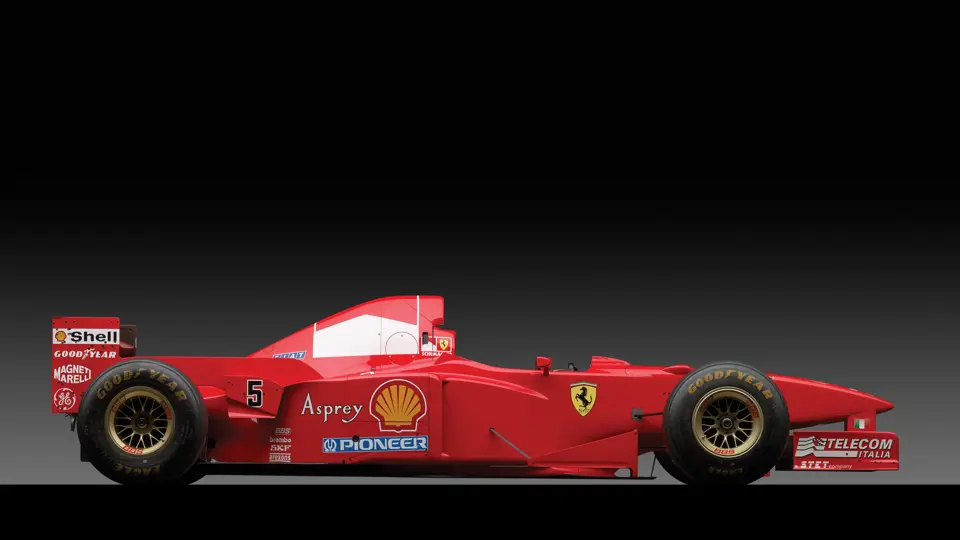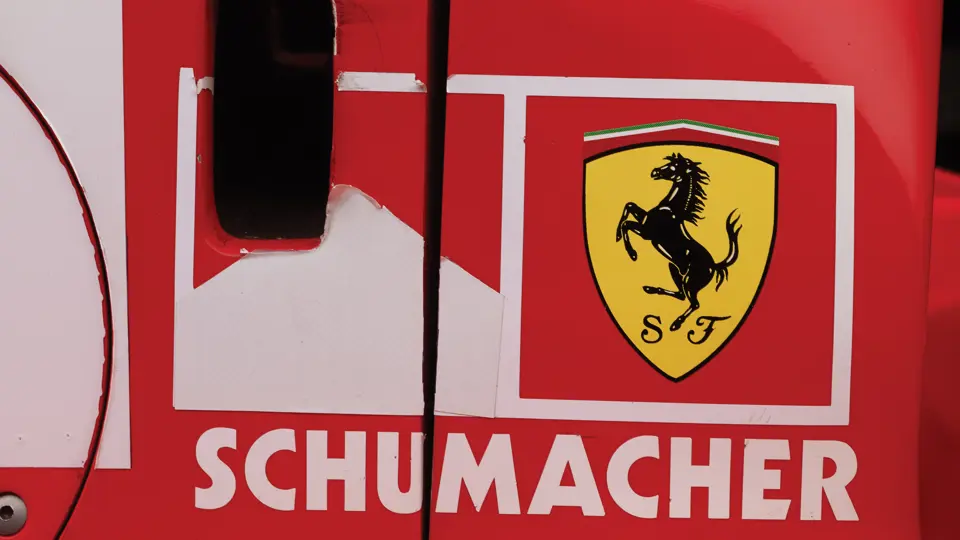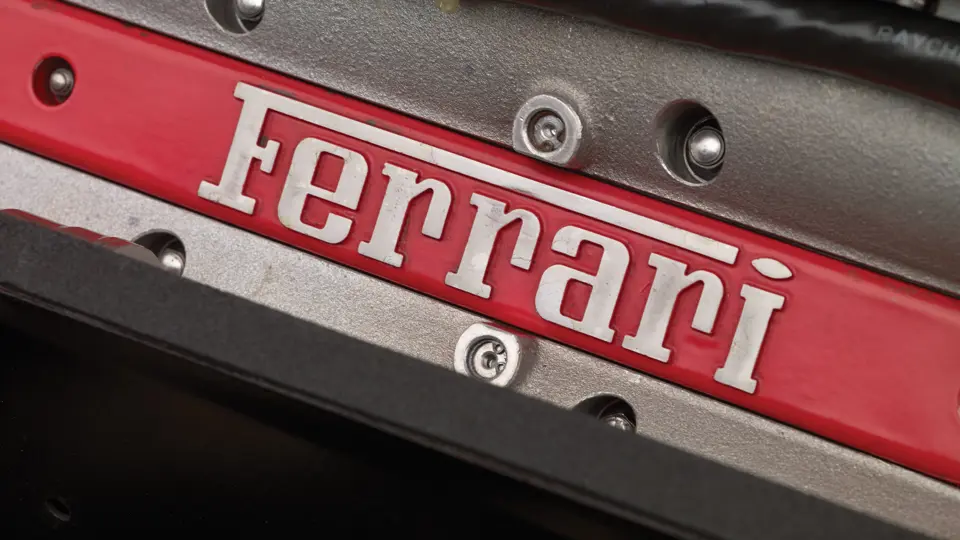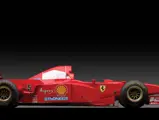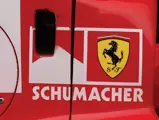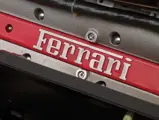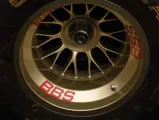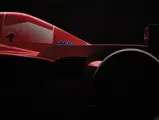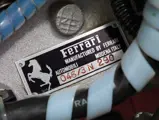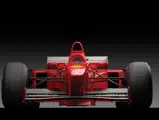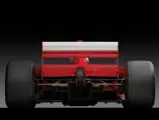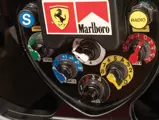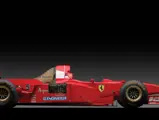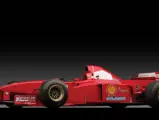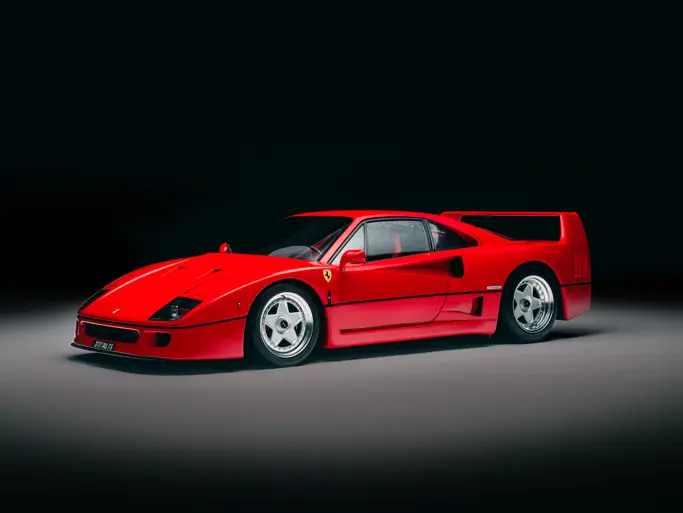“Fifty years of Ferrari.” That was the banner leading the Scuderia into the 1997 Formula One season. Fifty years of racing. Fifty years of checkered flags. Fifty years of creating the most iconic sports cars on the planet.
It goes without saying that the marque had accomplished a great deal in its first half century. Achieving multiple wins at the world’s most iconic race tracks, and producing some of the world’s greatest drivers, brought Ferrari from relative obscurity in its early days to the most recognizable automotive brand on the planet. Other manufacturers had come and gone from the sport, but Ferrari was always a constant presence, as they were always aiming for their next World Championship, with a “Prancing Horse” racing by the harbor at Monaco and at breakneck speed through the turns at Silverstone and the straights at Monza, year after year.
Not only was Formula One a source of publicity and competition for the Scuderia, but it was also an important test bed for future automotive technologies that would make their way into road cars. Almost every facet of automotive design has been improved by Formula One racing over time; aerodynamics, fuel management, tires, engine design, and especially driver safety have all made drastic improvements since the first Formula One race was held in 1947. Manufacturers were able to utilize lessons learned on the race track to not only better their race cars for future competition, but to also improve their road cars.
By 1997, Ferrari’s road car division was enjoying unbridled success, particularly with the launch of the F1-style gearbox management system in the 355 F1, which inextricably linked Ferrari’s road cars with the F1 program. Ferrari is not a company that dwells on its past laurels; it is constantly looking to the future for inspiration, technological development, and its next World Championship, and the Prancing Horse wanted to arrive in the 21st century at the top of the podium.
The chariot that would carry the Scuderia into its next half-century was the F310 B. In an article titled Decades of Winning, which chronicled Ferrari’s grand prix history after 50 years, author Pete Lyons describes the visual impact of the F310 B in its natural habitat: “Michael Schumacher’s needle-nosed F310 B, screaming through the rainy streets of Monaco, a glistening crimson nucleus amidst a comet of silvery spray; Ferrari’s first Grand Prix victory this year (1997) was a work of art.”
Here was a car that exhibited brilliant engineering and automotive aesthetics with all the requisite Italian flair that defines the marque.
As a single-seat racing car, the F310 B was designed with aerodynamics in mind. Utilizing a large front and rear wing, which allows for maximum downforce at high speeds, the F310 B sticks to the track like nothing else on four wheels. For this model in particular, the Scuderia’s engineers were able to reduce its width and the height of the sides of the cockpit, which had created issues for the engine airbox that was situated directly behind the cockpit. The nose rides much higher than that on the F310; this is a design characteristic that would remain on Ferrari’s Formula One cars through to the present day. Every form and shape on the car is designed for the pursuit of manipulating airflow in and around the car to feed the mighty V-10 that lies beneath, and to keep it stable at high speeds. Even though its design is, from an engineering perspective, strictly purposeful, its shape is visually captivating, and it simply looks fast while sitting still. All this engineering and aerodynamic work created a shape that is purposeful yet beautiful, smooth yet technical, and soft yet aggressive.
It was still equipped with the 730-horsepower, 3.0-liter V-10 engine (04611 number 192) that had premiered in the F310, but the engine in the F310 B was further refined and developed, and it was given the factory designation of type 046/2. Ferrari Formula One cars of this era, especially the V-10 powered cars, are known for their glorious exhaust note.
While the new car for the 1997 season was developed by John Barnard, who left the Scuderia before competition began, Technical Director Ross Brawn and Chief Designer Rory Byrne were persuaded to join the team from Benetton by Schumacher after Barnard’s departure, and they were under the guidance of Jean Todt. The F310 B first appeared at the 1997 season opener, the Australian Grand Prix, and it quickly showed its potential, with Schumacher qualifying 3rd and finishing 2nd on race day. By the end of the 1997 season, the F310 B had accumulated 102 points for the season, with pole positions in Canada, France, and Hungary, wins in Monaco, Canada, France, Belgium, and Japan, and with fastest laps at Monaco, France, and Britain.
This particular F310 B, chassis 179, is the eighth of just nine built, and it is the first of two lighter-spec examples that had been built with a slightly higher fuel capacity than the first models. It made its first appearance with Michael Schumacher in the driver’s seat at the Belgian Grand Prix at Spa. As Schumacher was accustomed to the heavier iteration of the car, he struggled to find a set-up that he liked, so he reverted to the older spec car and placed an excellent 3rd in qualifying. On race day, 179 was set up for dry conditions, but, sadly, the race began under the safety car in a torrential downpour, so Schumacher opted for the same car he qualified in.
Eddie Irvine found himself behind the wheel of 179 at the Italian Grand Prix at Monza on the 7th of September, where he qualified in 10th and would later finish in 8th place overall. Irvine would continue to drive the same car in the following round of the championship, at the Austrian Grand Prix, where he qualified 8th but failed to finish. Williams would emerge victorious with the Constructors’ Title by the end of the season, but Schumacher was in the running for the Drivers’ Championship until the final race of the season, which is a testament to the potential of the F310 B.
After its professional racing retirement, chassis 179 left Ferrari’s stable in 1999, and since then, it has had a documented history in the ownership of a small group of prominent collectors. It has been seen at several motorsport events since then, including the Ferrari Racing Days at the Hockenheimring in Germany in 2000 and the Monterey Historic Races at Laguna Seca in 2004, and it has been a frequent sight at Ferrari’s F1 Clienti events.
Created in 2003, the F1 Clienti Department serves to support owners of Ferrari F1 racers by offering events where clients can drive their cars at speed and enjoy the expertise of factory-trained technicians to help maintain the cars in their as-raced condition. Not only are the cars monitored by the factory while at an event, but they can also be stored and serviced at the factory, if the customer so desires. Chassis 179 has been a frequent sight at F1 Clienti events in the past, and it would surely be welcome to future events. Furthermore, this car has undergone Ferrari Classiche certification, certifying that it is as factory correct as it was when it was campaigned in 1997.
Representing 50 years of continually evolving motorsport technology, the F310 B is a remarkable example of automotive technology. In terms of Formula One history, it marks the beginning of a series of vehicles that brought both Ferrari and Michael Schumacher multiple World Championship titles, making Schumacher the winningest Formula One driver of all time. Included in the 1997–1998 issue of Autocourse, John Barnard stated that he designed the car to be “easy to drive, stable, and consistent” on the race track, making it an excellent choice for a newcomer to the world of Formula One racing. For the track day enthusiast, there simply is nothing better than the rush that a car of this caliber can provide.
This lot will be offered on a Bill of Sale.

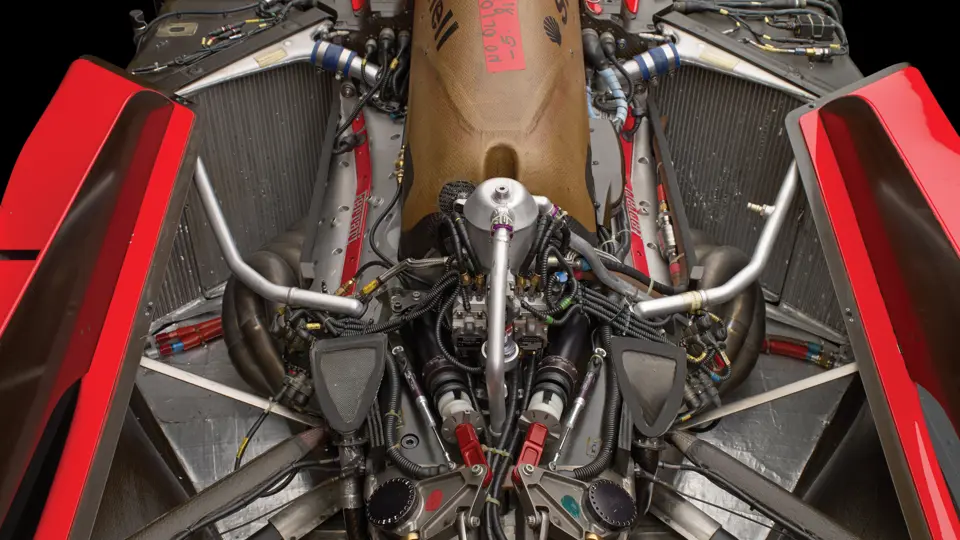
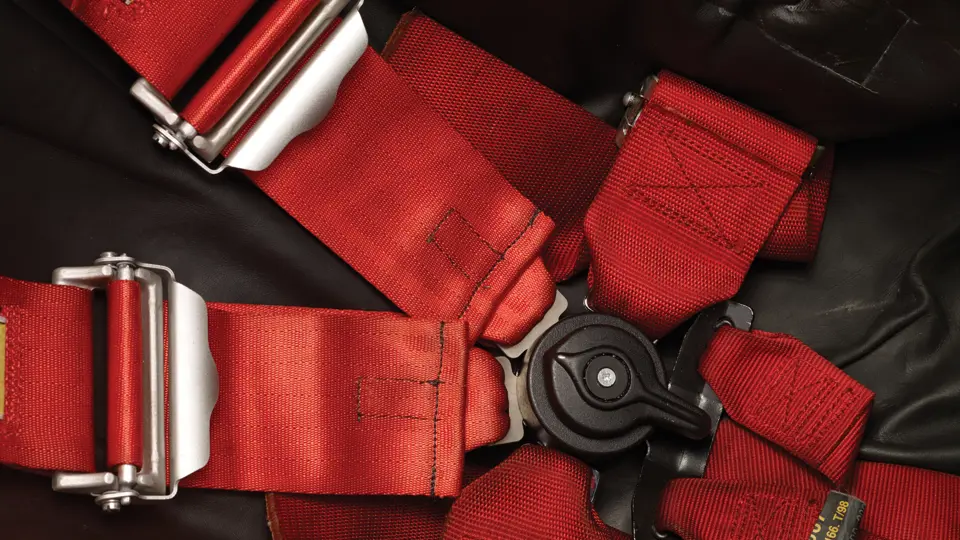

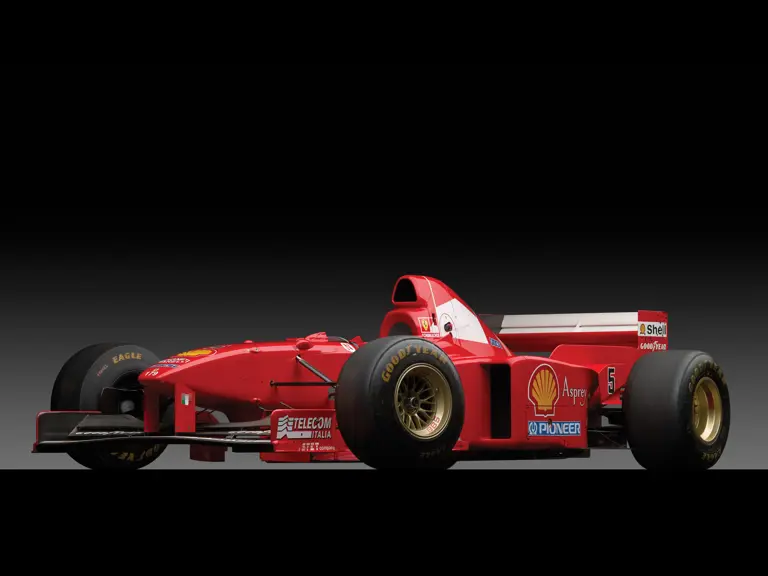
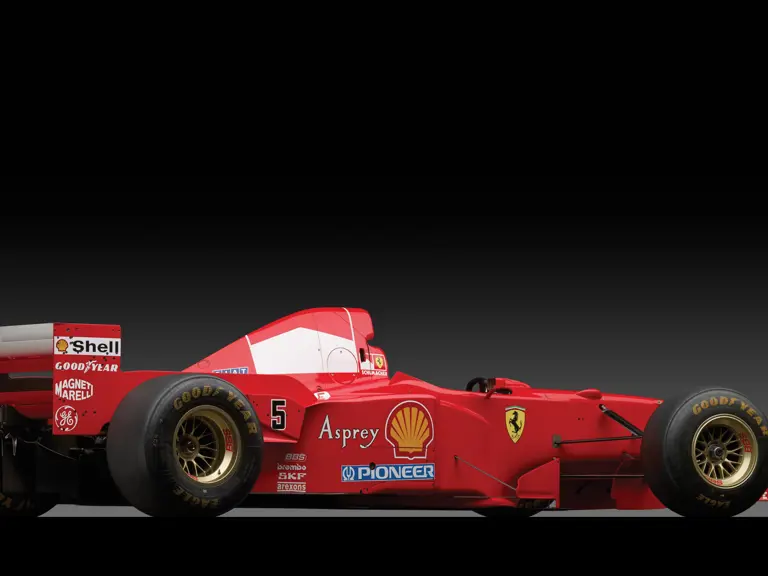
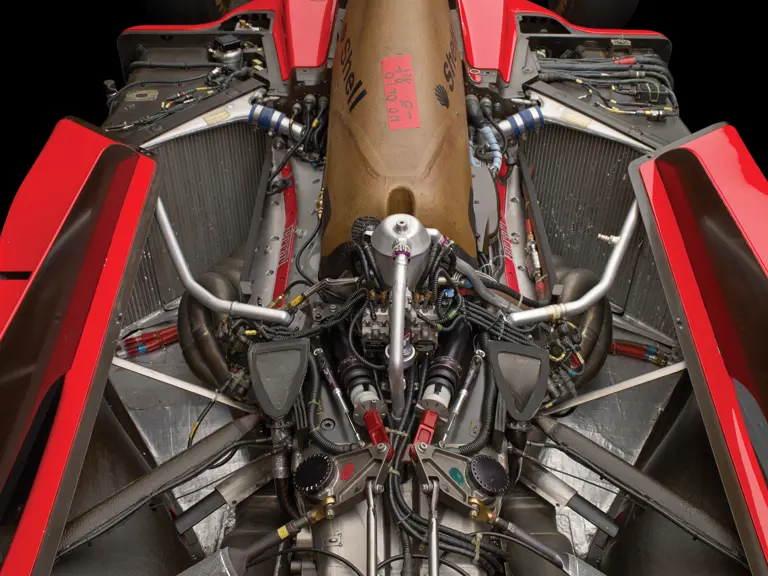

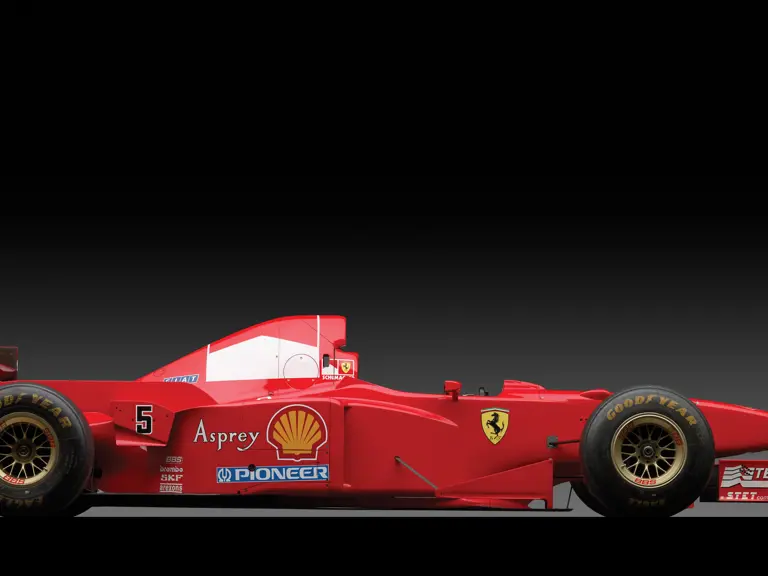
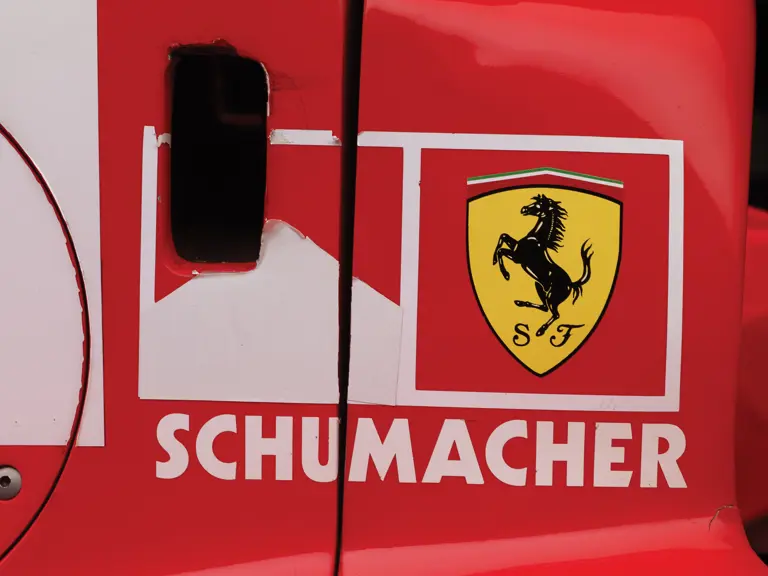
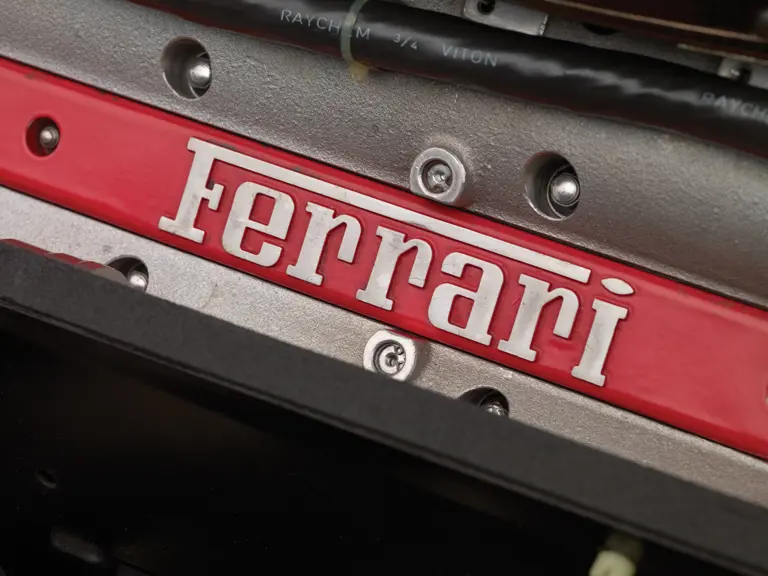
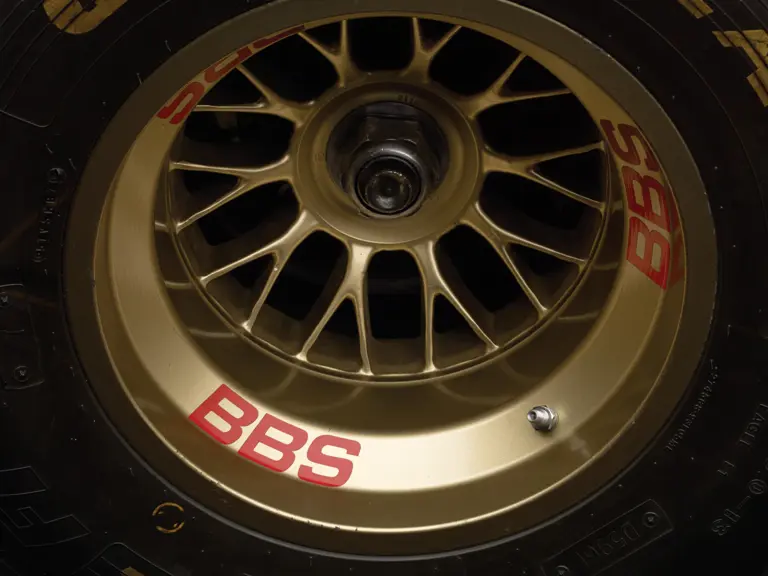

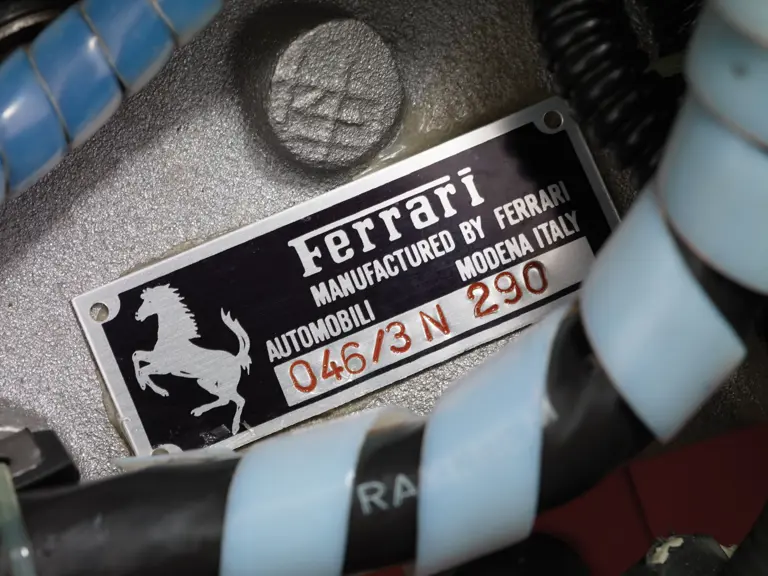
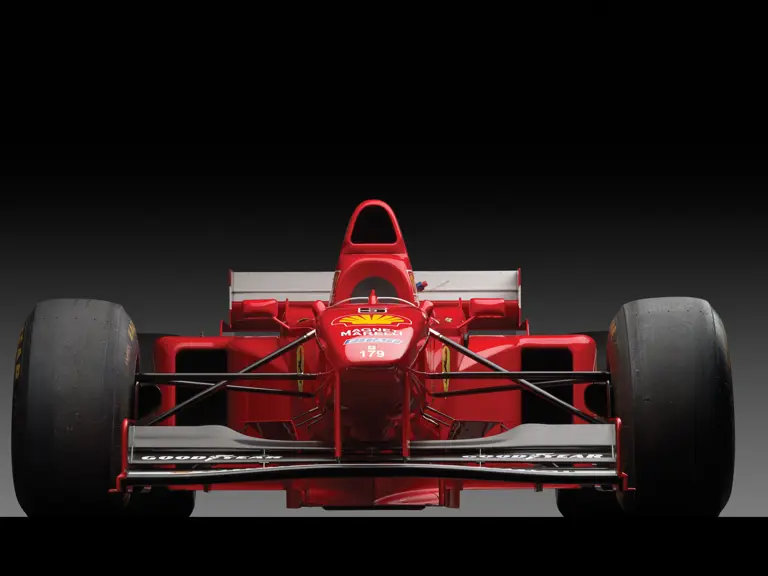

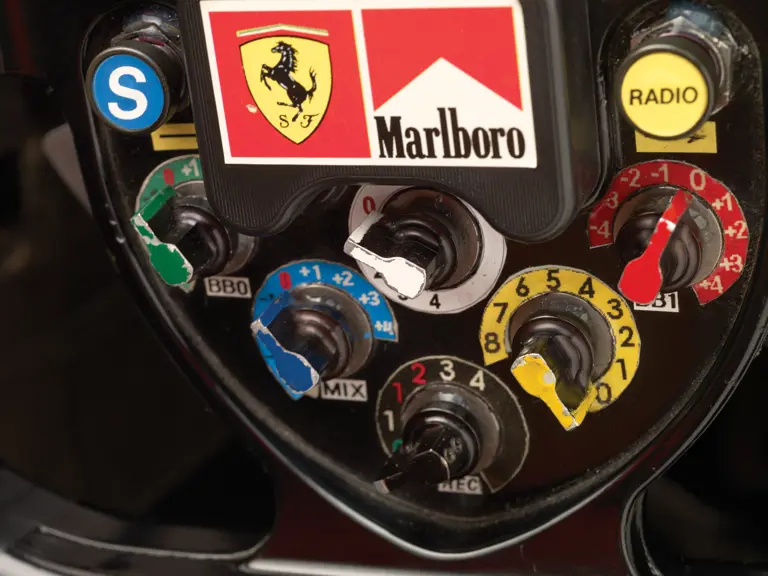
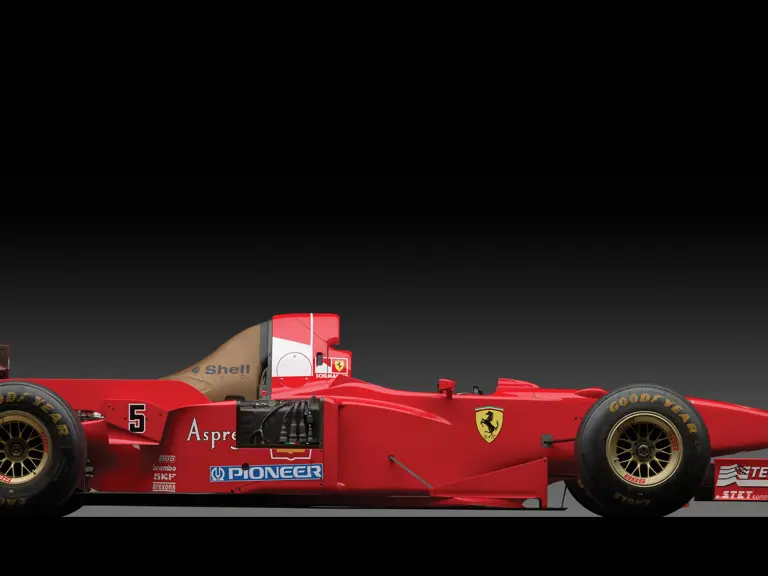

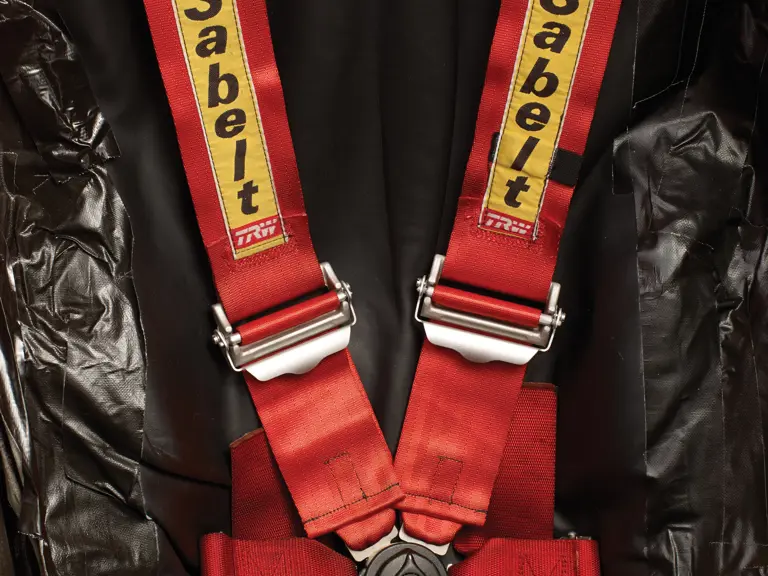
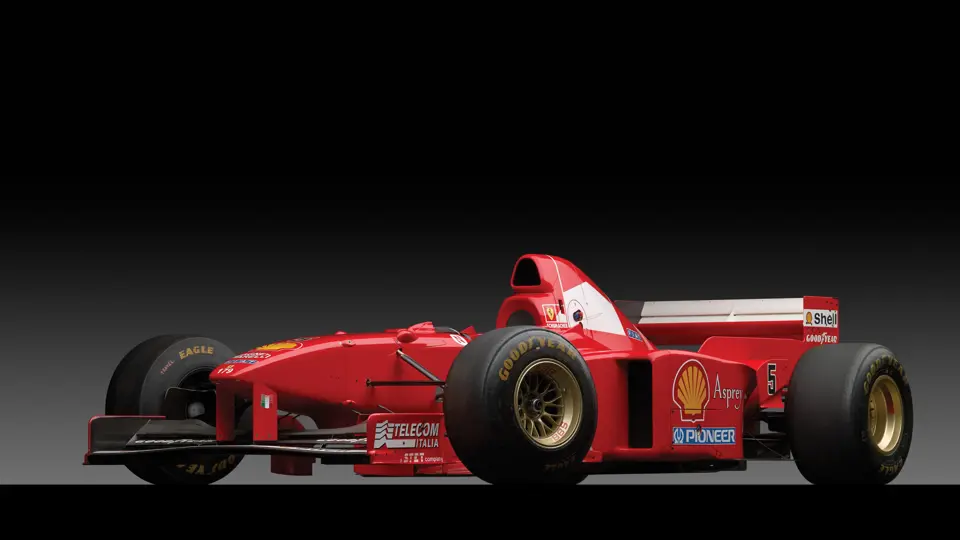
 | New York, New York
| New York, New York
